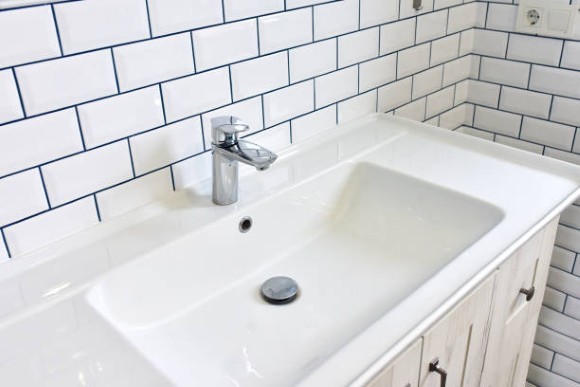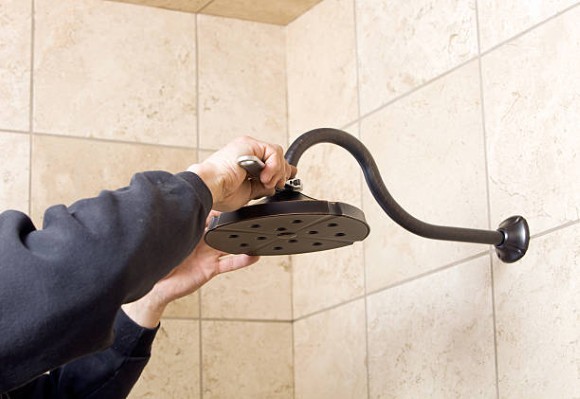How to Choose the Right Outdoor Faucet Cover For Your Needs?
You’ve just finished your yard work for the day, and you go to turn off the water to the hose, but you realize that the faucet is frozen. It’s already cold enough outside without having to worry about a frozen faucet. Not only is this frustrating, but it can also be dangerous if the ice expands and breaks the pipe.
This article will show you how to choose the right outdoor faucet cover for your needs so that you can avoid this problem in the future.
Tips for Choosing the Right Outdoor Faucet Cover
Depending on the model, an outdoor faucet cover can either be extremely simple or quite ornate. At its most basic, an outdoor faucet cover is a small piece of rubber or plastic that fits over the spout of an outdoor faucet. However, some models also include a decorative plate that covers the entire faucet, providing an extra layer of protection against the elements. When choosing an outdoor faucet cover, there are a few things to keep in mind.
1. Consider the Climate
For most people, the summer is a time to enjoy the outdoors. But if you live in an area with a lot of humidity, you know that the warm weather can take a toll on your home. When moisture gets into your pipes, it can cause them to corrode and break. That’s why it’s important to choose an outdoor faucet cover that can stand up to the elements.
Look for a cover made from durable materials like PVC or polypropylene. And make sure it’s designed to seal tightly around your faucet so there’s no chance for moisture to get inside. With a little bit of care, you can keep your outdoor faucets in good condition for years to come.
2. Mind the Size
One of the most important considerations when choosing an outdoor faucet cover is size. Make sure to measure your outdoor faucet before making a purchase to ensure that you get a cover that will fit snugly and prevent any cold air from seeping in. In addition, you’ll want to make sure that the cover you choose is easy to put on and take off, as you’ll likely be doing this multiple times throughout the winter. A cover that’s too small or too large can be frustrating to deal with, so it’s important to get it right the first time.
3. Consider the Style
When it comes to choosing the right outdoor faucet cover, style is an important consideration. After all, you want your cover to complement the overall look of your home. If you have a modern home, for example, you might opt for a sleek, minimalist cover. If your home has more of a traditional aesthetic, however, you might prefer a more ornate cover.
In addition to style, you’ll also want to consider the material of your cover. If you live in an area with extreme temperatures, for example, you might want to choose a cover made from durable materials that can withstand both hot and cold weather. With so many factors to consider, selecting the right outdoor faucet cover can be a daunting task. However, by taking the time to choose wisely, you can be sure that your new cover will provide both form and function for years to come.
Conclusion
Now that you know what type of outdoor faucet cover is right for you, you can be sure that your faucets will stay in good condition all winter long. Just remember to consider the climate, mind the size, and choose a style that complements your home’s overall look. With a little bit of care, your outdoor faucets will be able to withstand even the harshest weather conditions.



